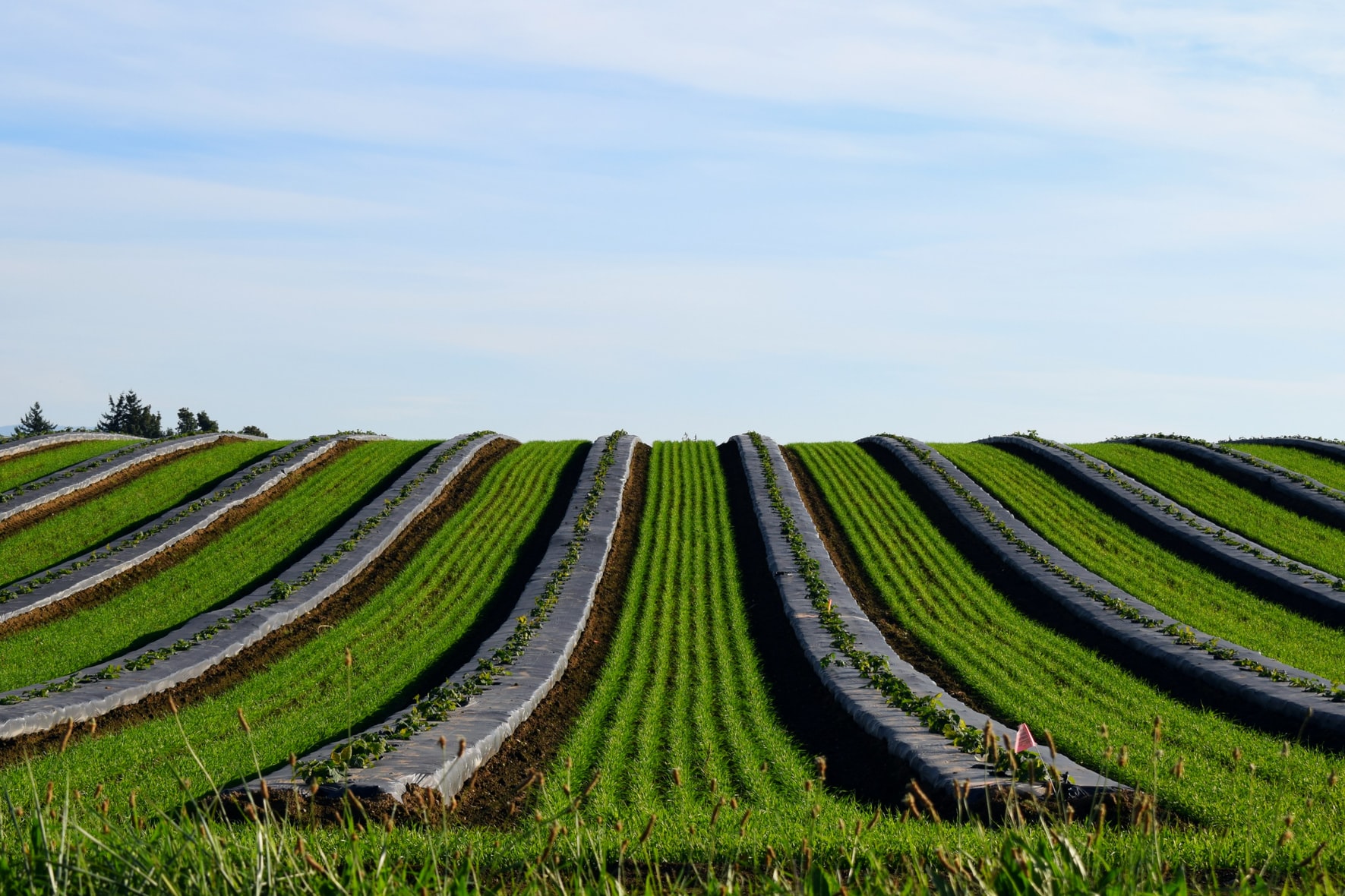Puget Sound counties continue to chalk up some of the fastest growth rates in the country. No matter how you slice it, when it comes to the conservation of agricultural land, the core question is: are we protecting the most valuable farmland?
According to American Farmland Trust’s Farms Under Threat: State of the State report in 2020, Washington state ranks reasonably well in two key categories: AG protection policies and land-use planning linked to the state’s Growth Management Act. This article, written by Futurewise and published in the Urbanist, delves into some of the report’s findings such as prioritizing which lands to protect and strategies for investing in the future generation of farmers. For even more specifics on the report’s methodology and context in the PNW, here’s a link to a May 2020 Emerald Alliance blog post written by AFT Northwest regional director, Addie Candib.
The Farms Under Threat: State of the State report makes the case for protecting the land of most significance for increasing food security, as noted in this excerpt from the blog post,
“The report shows that, between 2001 and 2016, Washington lost 97,827 acres of farmland – an area nearly twice the size of Seattle. While this loss represents just a fraction of Washington’s total agricultural acreage – only .6% – it has threatened the state’s most productive farmland. Of the land lost to development between 2001 and 2016, 31% was considered “Nationally Significant” farmland, or land best suited for growing food.
The research also reveals an alarming new threat: a land use category that has never been mapped before, which AFT is calling Low-Density Residential Development, or LDR. LDR refers to the process of farmland being converted to large-lot residential development, for use by farmettes and ranchettes, not working farms.
LDR land use compromises opportunities for farming and ranching, making it difficult for farmers to get into, or travel between, their fields. New residents unused to living next to agricultural operations often complain about farm equipment on roads or odors related to farming. Retailers such as grain and equipment dealers, on which farmers rely, are often pushed out. Farmers can be tempted to sell out for financial reasons, or because farming just becomes too hard in the circumstances.”
While WA scores reasonably well in a few important categories for protecting AG land, this video from the WA State Conservation Commission’s website, highlights how much farmland has been lost since 2007 (some 700 farms) in Clark County, WA. The video also focuses on some of the creative ways that farmers, especially smaller urban producers (farms of national significance), are working in partnership with conservation districts to focus on the “economics of farming”. With funding and technical assistance from local conservation district grant programs focused on maximizing farm efficiency, dollars saved can be reinvested in farmland management to support a healthier bottom line.
Prioritizing AG land conservation takes leadership, vision, and real dollars to fund incentive programs that support farm owner access and sustainability. It also takes tremendous coordination and collaboration as demonstrated by the effort to develop an AG strategic plan for the Snoqualmie Valley, which is working to integrate the needs of farmers, salmon recovery, and flood protection. Informed by an advisory committee that came together back in 2013 to advise King County leaders on key land protection priorities, “The plan’s purpose is to improve the long-term productivity of farmland, bring more acres into food production, and increase opportunities for farmers to develop necessary infrastructure to support or increase their farm businesses. This will happen through assessment of specific farmland resource property needs in the Snoqualmie Valley Agricultural Production District and will include an implementation strategy for project improvements to land (e.g., drainage) and irrigation water supply. The plan will also specifically inform the development of acreage targets for permanently protected farmland and acreage for habitat restoration.”
One additional highlight of the AFT report focuses on the importance of transferring AG land to the future generation of farmers. Again, Addie Candib from her Blog post:
“The growing demands on agriculture and the mounting pressures of climate change necessitate regionally diverse and resilient farm economies. At the same time, farmers are aging. In Washington, there are more than 5 times as many farmers over the age of 65 as under the age of 35. As our farmers retire, at best, their land will go out of production. At worst, it may be sold and permanently lost to development.
The overall threat of farmland loss in Washington is deceptively low. While our agricultural lands are plentiful, our most productive, versatile and resilient soils are limited – and irreplaceable. Washington needs to act now to permanently secure its best lands. To achieve this goal, state and local governments must develop a comprehensive set of policies and programs that address not just land protection, but also farm viability and the transfer of land to the next generation.”
Additional resources:
–WA State Conservation Commission

Recent Comments